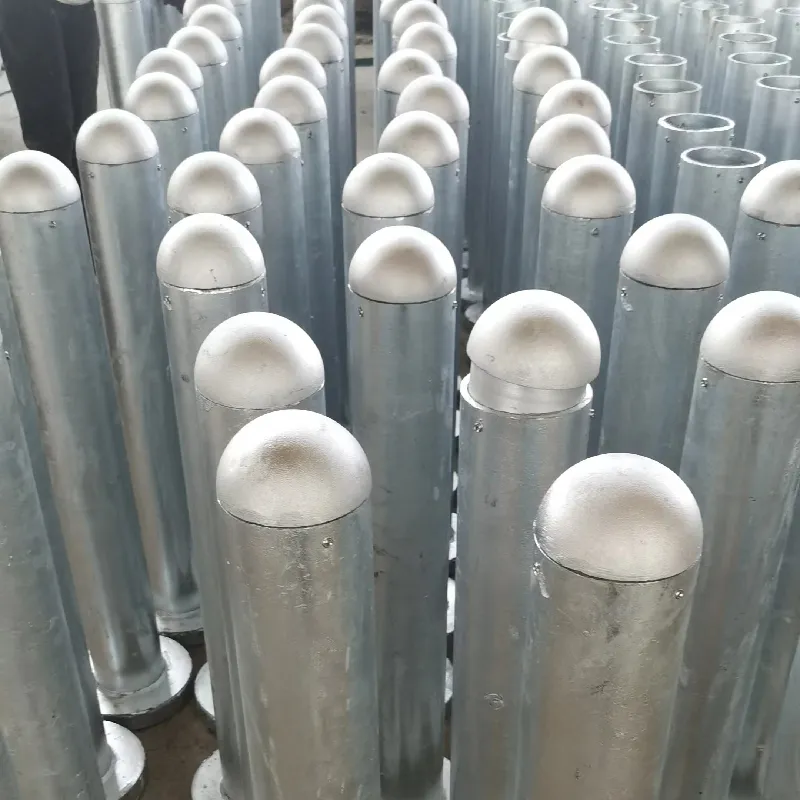cast iron air release valve
Understanding Cast Iron Air Release Valves A Key Component in Fluid Systems
Cast iron air release valves play a crucial role in various fluid systems, particularly in water distribution networks, sewage systems, and industrial applications. These valves are designed to release trapped air from pipelines, preventing the formation of air pockets that can hinder fluid flow and reduce system efficiency.
The Importance of Air Release Valves
Air release valves are essential for maintaining optimal performance in fluid transport systems. When water or other liquids flow through pipes, air can be entrapped within the system. This trapped air can lead to several problems, including
1. Reduced Flow Efficiency Air pockets can obstruct the flow of fluid, leading to reduced pressure and inefficient operation of pumps. 2. Increased Wear and Tear When air is trapped, it can cause hydraulic hammer or water hammer in pipelines. This phenomenon results in pressure surges that can damage pipes, joints, and other components. 3. Potential for Contamination Air trapped in a system can promote the development of corrosive conditions, leading to contamination of the fluid and structural damage to the pipes.
To mitigate these issues, air release valves are installed at high points in the pipeline. They ensure that air can escape from the system, allowing for smoother operation and maintenance of pressure levels.
Features of Cast Iron Air Release Valves
Cast iron is a popular material choice for air release valves due to several inherent properties
1. Durability Cast iron is known for its strength and durability, making it suitable for heavy-duty applications. It can withstand high pressures and harsh environmental conditions, ensuring a long service life.
cast iron air release valve

2. Corrosion Resistance Modern cast iron air release valves are often coated or treated to enhance their resistance to corrosion, prolonging their effectiveness in fluid systems, especially when handling water and waste materials.
3. Ease of Maintenance Cast iron valves are relatively easy to maintain. Their robust construction means that they can be serviced periodically without significant downtime or the need for frequent replacements.
4. Cost-Effectiveness While the initial cost may be higher than plastic alternatives, the longevity and durability of cast iron valves can result in lower overall costs in the long run, making them a wise investment for many applications.
Installation and Maintenance Considerations
Installing cast iron air release valves requires careful consideration of the pipeline's layout. Valves should be positioned at points where air accumulation is likely, typically at the highest points in the system. Proper installation ensures that the valves effectively release air without disrupting fluid flow.
Regular maintenance is key to ensuring the longevity of air release valves. This includes checking for leaks, ensuring the mechanical components operate smoothly, and replacing any worn parts. With proper care, cast iron air release valves can operate efficiently for many years, providing critical support for fluid systems.
Conclusion
Cast iron air release valves are indispensable components in fluid transport systems. Their ability to release trapped air improves efficiency, reduces maintenance needs, and prevents costly repairs. By understanding their importance and maintaining them effectively, operators can enhance the reliability and performance of their fluid systems. As technology progresses, these valves continue to evolve, integrating advanced features that further aid in optimizing fluid flow and system efficiency.
-
The Smarter Choice for Pedestrian AreasNewsJun.30,2025
-
The Gold Standard in Round Drain CoversNewsJun.30,2025
-
The Gold Standard in Manhole Cover SystemsNewsJun.30,2025
-
Superior Drainage Solutions with Premium Gully GratesNewsJun.30,2025
-
Superior Drainage Solutions for Global InfrastructureNewsJun.30,2025
-
Square Manhole Solutions for Modern InfrastructureNewsJun.30,2025
-
Premium Manhole Covers for Modern InfrastructureNewsJun.30,2025
